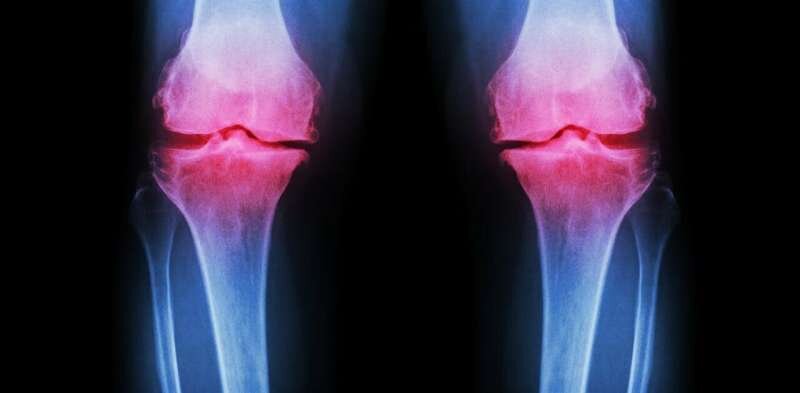RÔLE DE L'ACIDE URIQUE SUR L'ALTÉRATION DE LA BARRIÈRE HÉMATOENCÉPHALIQUE
L’acide urique (AU) est libéré en circulation par les cellules mourantes, p. ex. après un choc hémorragique ou en cas de cirrhose. Elle contribue à l'activation de l'apoptose et de l'inflammation d'organes, incluant le cerveau. La littérature suggère que l'AU cause une dysfonction endothéliale. L’hypothèse du projet est que l'AU affecte l'endothélium de la barrière hématoencéphalique (BHE) en altérant son étanchéité et en contribuant à l'activation neuroinflammatoire.

La thérapie psychédélique : le miracle négligé [TEXTE COUP DE COEUR]
En réalité, depuis les années 50 déjà, des études scientifiques avaient présenté les psychédéliques comme inoffensifs dans un contexte clinique. En fait, bien au contraire, des études présentaient plutôt les effets thérapeutiques de ces drogues sur des troubles psychologiques très répandus tels que la dépression et l’addiction
![La thérapie psychédélique : le miracle négligé [TEXTE COUP DE COEUR]](https://images.squarespace-cdn.com/content/v1/5c9ac5010b77bd2241565fec/1638668657968-MVXZFWVMOCAA8HUZ7DMQ/La+the%CC%81rapie+psyche%CC%81de%CC%81lique_1.png)
La fiabilité des outils de risque de biais pour les études non randomisées
Il n'existe actuellement aucun outil standard de risque de biais (RDB) pour évaluer la validité interne des revues systématiques impliquant des études d'exposition ou de fréquence. Nous avons cherché à comparer la fiabilité interévaluateur de l’outil de l’American Academy of Neurology (AAN) avec d'autres outils couramment utilisés pour les études d'exposition (SIGN50, Newcastle-Ottawa) et de fréquence (Loney, Gyorkos).

Medical Student Training in eHealth: Scoping Review
This review aims to evaluate the extent and nature of the existing literature on medical student training in eHealth. In detail, it aims to examine what this education consists of, the barriers, enhancing factors, and propositions for improving the medical curriculum. This review focuses primarily on some key technologies such as mobile health (mHealth), the internet of things (IoT), telehealth, and artificial intelligence (AI).

Telemedicine in Depression Care by Physicians: Scoping Review
This review aims to evaluate the extent and nature of the existing literature on telemedicine for the care of depression by physicians. This review also aims to examine the effects and perceptions regarding this virtual care, and how it compares to traditional in-person care.

Injection of Autologous Mitochondria to Regenerate Osteoarthritic Cartilage in Rats
In 2020, over 151 million people globally suffer from osteoarthritis (OA) [1], the most prevalent cause of disability in older adults [2]. Presently, no treatment can reverse OA cartilage damage. Current research suggests that mitochondrial dysfunction plays a key role in OA by decreasing extracellular adenosine levels, which dysregulates chondrocyte homeostasis [1].

An Approach to Parkinson’s Disease Using the Differential Potential of Dental Pulp Stem Cells to Generate Dopaminergic Neurons
Parkinson’s Disease (PD) is characterized by 60-70 percent loss of dopaminergic neurons (DANs) in the substantia nigra (SNr). Therefore, the regeneration of these neurons could be a viable approach towards the treatment for PD. Previous experiments have successfully generated DANs from human induced pluripotent stem cells (hiPSC) [1].

New Murine Model for Multiple Sclerosis Based on T Lymphocytes Gene Methylation Changes
Although the precise causes of this inflammatory demyelinating affliction remain elusive, studies strongly suggest that environmental factors causing epigenetic changes contribute to the disease [2, 3]. It has been proposed that lymphocyte DNA methylation is an important factor in its pathogenesis [2].

Central tolerance induction by manipulation of thymic cell DNA and expression of GAD antigen by thymic epithelial cells
The negative selection of immature T-cells produced by the bone marrow requires the presentation of tissue-specific antigens (ts-ags) by medullary thymic epithelial cells (mTECs) [1]. By this process, T-cells that recognize the ts-ags receive an apoptotic signal, leading to suppression of auto-immune reactions [2]. Such reaction occurs in type I diabetes when T-cells auto-react to GAD-ags [3].

Optimizing MSCs Transplantation for Treatment of Ischemic Stroke Using a Nanofiber Hydrogel Scaffold
Stroke occurs in more than 60,000 Canadians every year and is the primary cause of physical disability [1]. Current treatment strategies, such as reperfusion and neuroprotective agents, are only available to a minority of patients and have limited benefits [2]. Recent clinical trials have identified stem cell therapy as a promising approach to promote neurorecovery.

Intranasal Delivery of CRISPR-Cas9 Edited HEXA Gene to Treat Tay Sachs Disease in Newborn HEXA/NEU3-Deficient Mice
Tay Sachs disease (TSD) is a rare neurodegenerative disease caused by a mutated HEXA gene [1]. The HEXA gene codes for the alpha subunit of β-hexosaminidase A, an enzyme which helps degrade GM2 gangliosides. Individuals with TSD cannot produce this enzyme, resulting in accumulation of GM2 gangliosides in neuronal cells and, subsequently, cognitive impairments and premature death [2].

ALS: All Lies in Stem, Differentiating Stem Cells into Astrocytes and Targeting TDP-43 Protein Plaques in vivo
Amyotrophic lateral sclerosis (ALS) is a fatal neurodegenerative disease affecting 2 per 100,000 annually in the US, making it the most common motor neuron disease [1]. A prion-like mechanism underlies this ailment, involving oxidation and structural damage of the 43-kDA TAR DNA-binding protein (TDP-43), which accumulates as protein aggregates in astrocytes [2].













